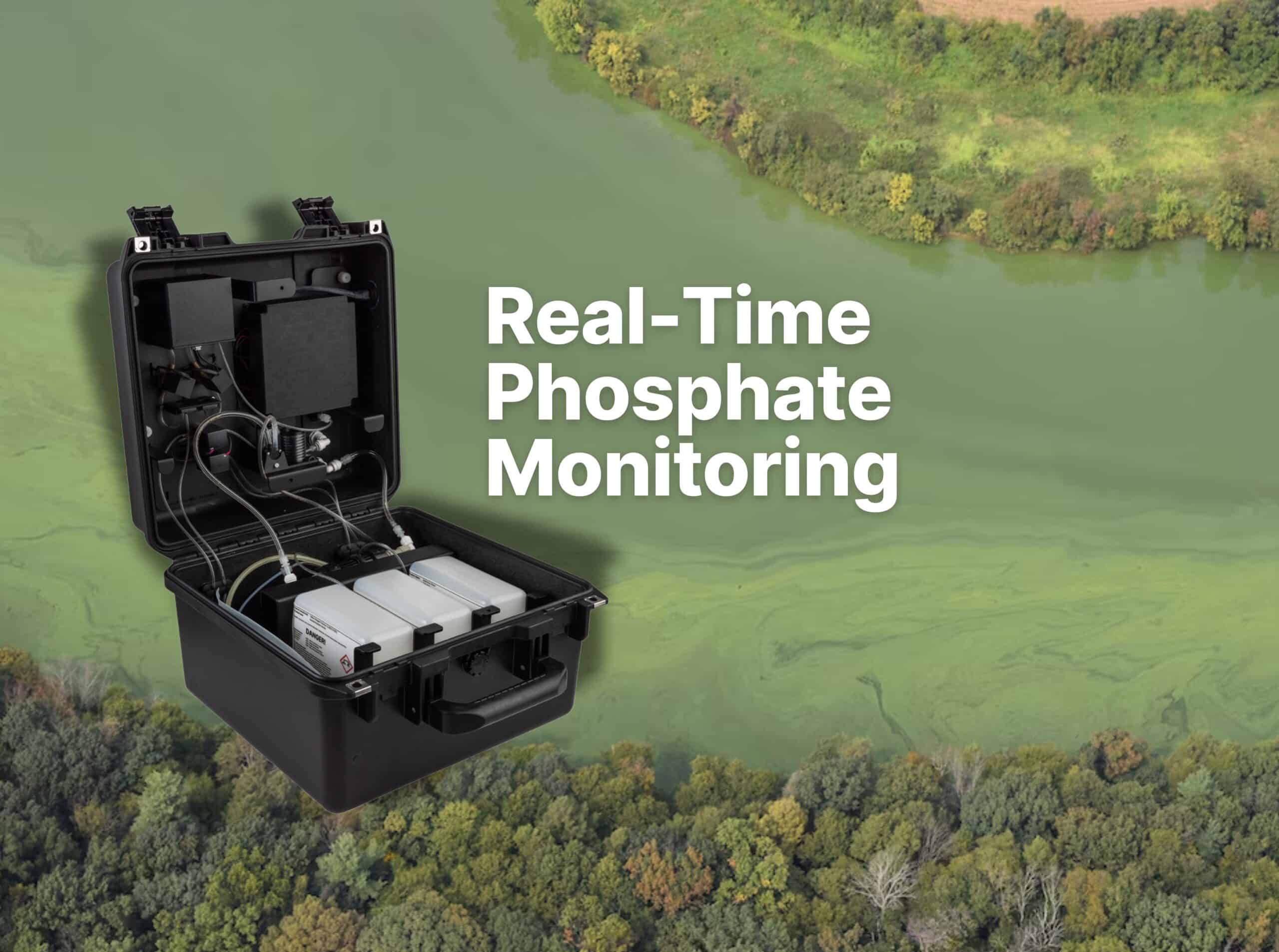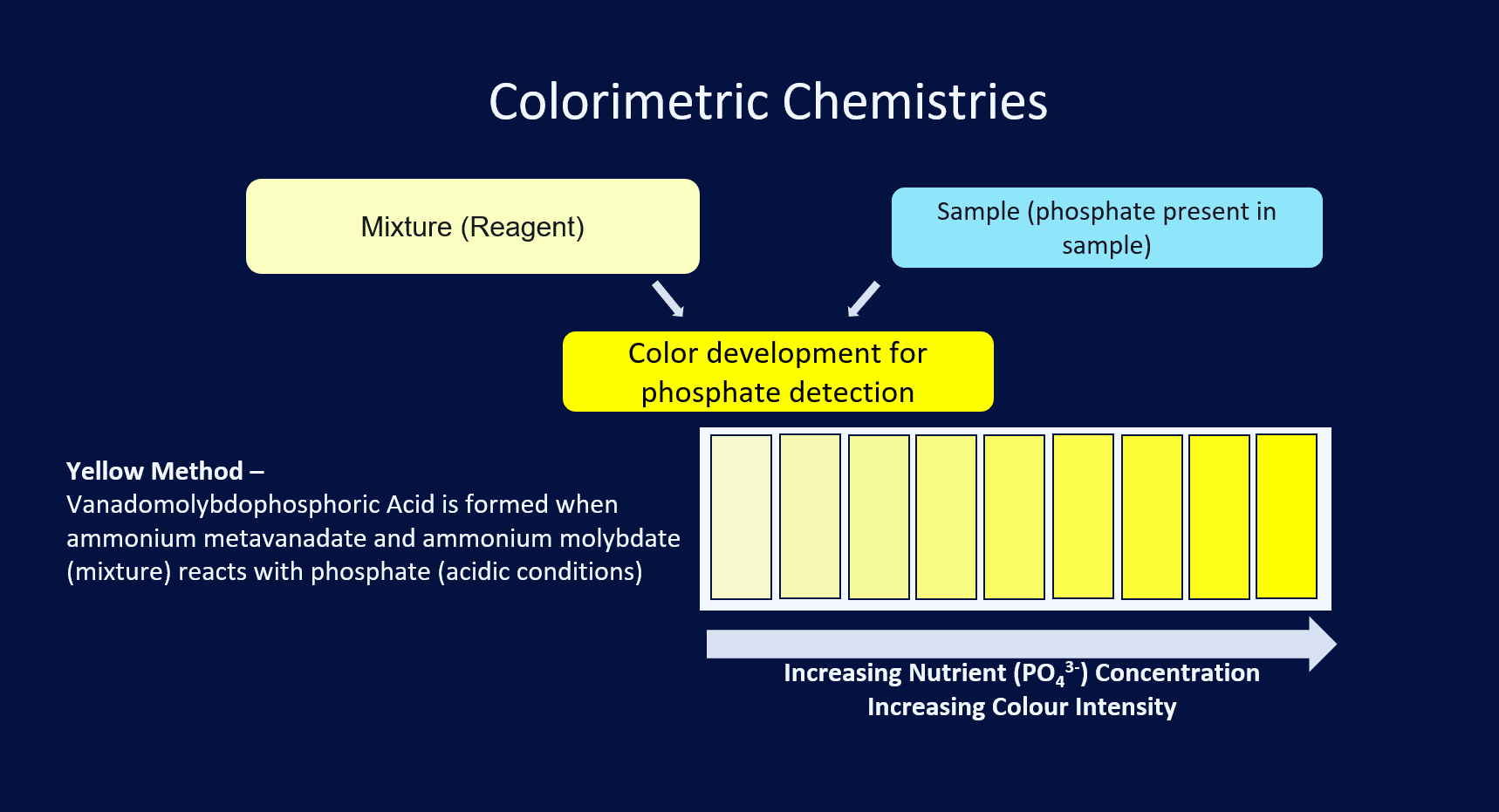Looking to elevate your water quality monitoring? Algae growth disrupting your water processes? Dive into this article to learn about advanced strategies and innovative solutions that can transform your monitoring efforts. We cover real-time phosphate tracking, autonomous systems, and eco-friendly technologies to improve water management.
Real-Time Phosphate Monitoring
Monitoring phosphate levels in real-time is a game-changer for water quality management. Phosphates, often stemming from agricultural runoff and wastewater discharge, are a significant contributor to nutrient pollution, leading to excessive algae growth. The ability to detect and address changes in phosphate levels instantly can prevent these blooms from developing, protecting aquatic life and human health alike.
The LG Sonic Phosphate Monitoring system stands out in this regard. It provides precise, real-time phosphate data, enabling early detection of nutrient pollution (algae growth). This in turn also results in timely interventions to prevent further algae growth. Such monitoring maintains ecological health and ensures the safety of our water bodies.
Where Is Algae Growth Commonly Found?
Algal blooms are commonly found in various water bodies, including drinking water reservoirs, lakes, rivers, and recreational water sources. These blooms often occur in environments where nutrient levels, particularly phosphorus and nitrogen, are elevated. Common reasons include agricultural runoff, wastewater discharge and other sources. Drinking water reservoirs are especially vulnerable because algal blooms can affect water clarity, taste, and safety, posing challenges for water treatment facilities. Similarly, lakes and rivers used for irrigation or recreational purposes can experience harmful algal blooms that disrupt ecosystems and threaten human and animal health. Monitoring and managing these blooms in such critical water sources is essential to maintaining water quality and protecting public health. As algal blooms continue to threaten key water sources, questions around drinking water reservoirs and their safety are growing more urgent, especially in communities already facing systemic infrastructure challenges.
New research from the University of Oregon, sheds light on the unequal distribution of safe drinking water across the U.S. The study reveals that hotspots of water injustice are more common in areas with lower levels of private water system ownership, challenging the assumption that public systems are more reliable. In fact, over 30 million Americans live in regions where water systems violate federal safety standards. According to lead author Alex Cohen, this research highlights the urgent need for stronger technology, modernized infrastructure, and policies that ensure access to safe, affordable drinking water for all.
Why is Real-Time Phosphate Monitoring Important?
Real-time phosphate monitoring is essential as it enables the early detection of nutrient pollution, thereby preventing harmful algal blooms. Algal blooms that are common in large water bodies and those that threaten aquatic ecosystems and human health. This proactive approach is critical for maintaining water quality and ecosystem balance with minimal maintenance.
Lab-on-Chip Technology
The lab-on-chip technology also represents a major component of modern environmentally friendly water quality monitoring. A lab-on-a-chip (LOC) is essentially a mini-laboratory that fits on a chip only millimetres to a few centimetres wide. Using micro-channels to steer very small liquid volumes, it shrinks several analytical steps into a single portable device. These devices perform complex analyses on-site, providing precise and consistent phosphate readings. This innovative approach serves as an example of how we monitor and manage nutrient levels in water bodies. This method eliminates the need for extensive laboratory work, traditional readings and makes real-time data collection more accessible.
Autonomous Operation for Minimal Maintenance
Autonomous operation in water quality monitoring significantly reduces the need for regular maintenance. Systems that operate autonomously not only provide real-time monitoring and data analysis but also allow operators to focus on more critical tasks. Our Phosphate Monitoring system reduces the frequency of manual maintenance and lowers operations costs with its autonomous functionality. These systems are designed to perform with minimal human intervention, depending on ensuring continuous and reliable monitoring. This autonomy is particularly beneficial in large water bodies where frequent manual maintenance can be logistically challenging.
Two-Step Calibration
The analyzer works under the principle of colorimetric orthophosphate measurement by the molybdovanadate/”Yellow” method. The sensor performs a 2-point self-calibration before each measurement: first point considering distilled water, and second point with a standard solution of a known phosphate concentration. In result, the analyzer can autonomously and accurately provide itself a base line for detection of phosphate in a water sample.
Yellow Method for Phosphate Readings
The Yellow Method, or Molybdate-Vanadate method, is a renowned for its “one-step chemistry” (utilizing only one type of chemical reagent) and faster analytics.This method reacts a mixture of ammonium molybdate and ammonium metavanadate with orthophosphate to form a yellow compound indicating phosphate levels. This technique allows for precise quantification of phosphate concentrations, which is essential for accurate water quality assessments. Hence, the integration of the Yellow Method in lab-on-chip technology ensures that phosphate measurement is consistent and reliable.
Stability in High-Temperature Environments
Sensors designed for high-temperature environments play a crucial role in maintaining data accuracy under extreme conditions. Our sensors are engineered to offer stability and reliable performance even at elevated temperatures. This ensures continuous and accurate data collection, regardless of environmental challenges.
MPC-View & Customizable Alerts
MPC-View software is designed to enhance the monitoring of water quality by collecting and displaying data remotely. Our software has real-time water quality monitoring which gives insights by visualizing data from various sensors deployed in water bodies. Our systems send data directly to the MPC-View software, facilitating remote access and customizable alerts. We offer customizable alerts that are critical feature in modern water quality monitoring systems. These alerts can be set to notify users via email when specific thresholds are exceeded, facilitating quick responses to potential water quality risk issues. Such proactive management enhances water safety and notice compliance with regulatory rules standards.
Environmentally Friendly Solutions
Environmentally friendly solutions are paramount in modern water quality monitoring. Technologies that reduce reagent consumption and eliminate harmful chemicals play a crucial role in enhancing water quality.
Low Reagent Consumption
Modern phosphate monitoring systems like the LG Sonic Phosphate Monitoring offer several benefits:
- Significantly reduce reagent usage per measurement, promoting environmentally friendly practices.
- Reagents are stable for a year, guaranteeing the stability of the chemical processes.
- More robust in regards to interferences from other compounds present in the water sample and particulate matter.
- Provide a cost-effective, sustainable solution with real time water quality monitoring data.
By minimizing reagent consumption, these systems ensure efficient nutrient management with minimal environmental impact and optimal unit performance.
Conclusion
In conclusion, elevating water quality monitoring with advanced technologies like Phosphate Monitoring system is essential for protecting our water bodies. From real-time phosphate monitoring to autonomous operations and environmentally friendly solutions, these innovations ensure accurate and reliable data collection. Which makes managing proactive management, and sustainable practices. By embracing these technologies, we can safeguard our precious water resources and ensure their health and safety for future generations.

